At this time as we are very close to the end of the project it is the right time to summarisation and make conclusions so in attached file is a list of local activities we did during project implementation
List of project activities_Slovakia_Green_Flag_final.pdf
and the Methodology of 7 steps we did at our school in a nutshell
available also in .pdf format
Green_School.pdf
GREEN CODE
Ecocodex of the school - 7th step of the methodology
This is the final result of pupils'work which is the summary of the activities we have done at school due to make our school eco - friendly with positive effect on our environment and the Earth where we live.
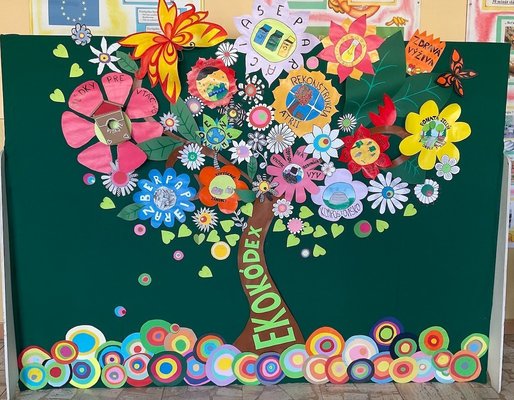
The last step of the Green School methodology is Ecocodex of the school. It is the information expressed by using art and it talks about the values and attitude of pupils to environment.
Here are some pupils' suggestions and conceptions:
#1
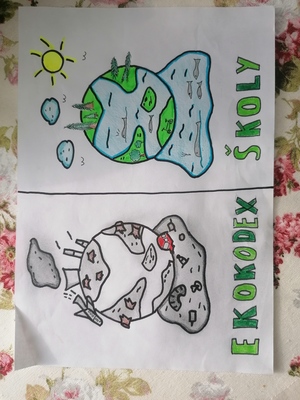
#2
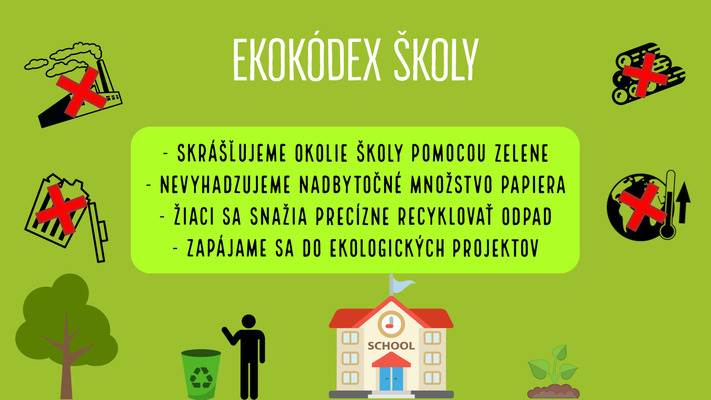
#3
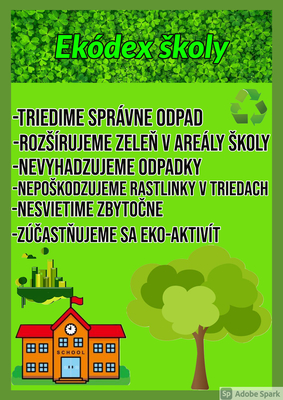
#4

#5

Informing and Involving - 6th step of the methodology
A publicitiy programme keeps the school and wider community involved and informed through displays, assemblies and press coverage.
We use for dissemination and informing mainly school web site, instagram as well as public places in our school and informing through TV which is placed in entry hall of the school and notice boards.
Dissemination_school website
https://www.instagram.com/zshumenne/
more about dissemination of the progress and outputs on:
https://twinspace.etwinning.net/71954/pages/page/526986
Proenvironmental education at school - 5th step of the methodology
TOPIC 5: ENERGY (Turkey)
Lesson #6 - Energy researchers
Our energy lessons were finished with a worksheet about the possiblities of saving energy at our homes.
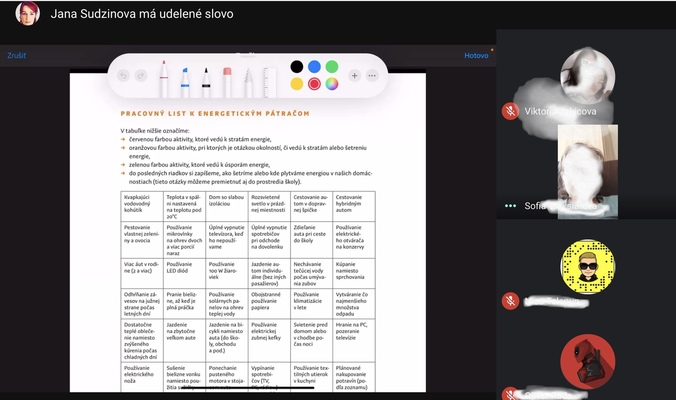
We marked by red colour all activities that leads to higher energy consumption, by yellow colour activities that are usefull or useless due to energy saving depending on the situation and by green colour acitivites that help us to save energy at our homes.
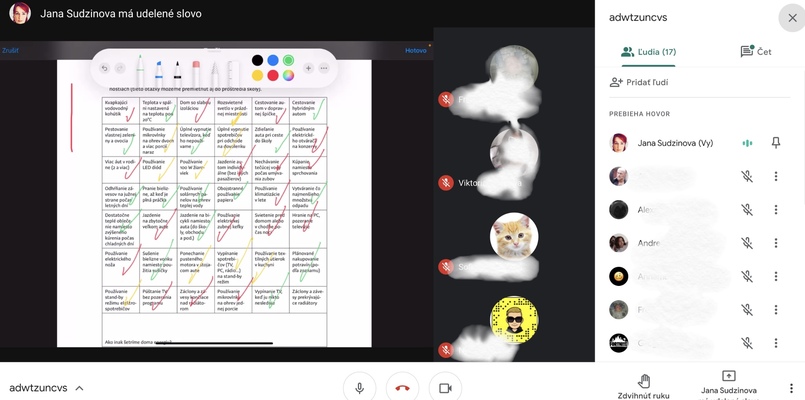
Lesson #7 - Measurement how to save energy at home
We focused on the bulbs we use at our homes and talked about the possibilities how to save our energy and reduce the costs we pay for the energy by changing traditional light bulbs and use LED energy - saving light bulbs. We found out that this change can save even 80% of energy costs.
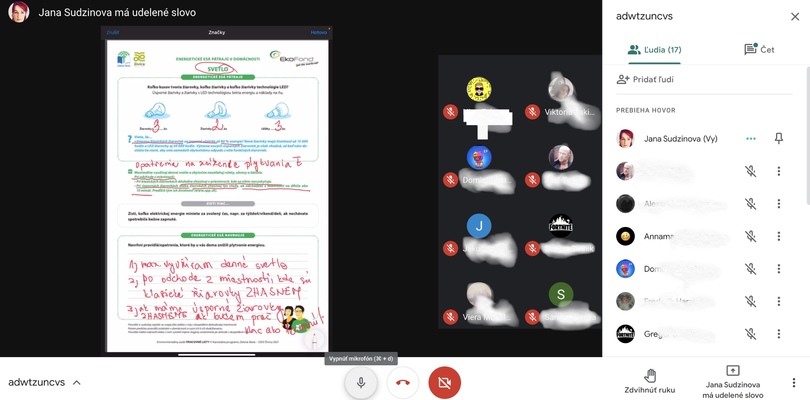
Lesson #6 - Standby mode
Many appliances have a standby mode during which they are not providing useful output but still consume energy. We compare benefits and negative effects of using standby mode in our common appliances we use daily and talked about the impact of it on energy consumption from economy as well ecology point of view.
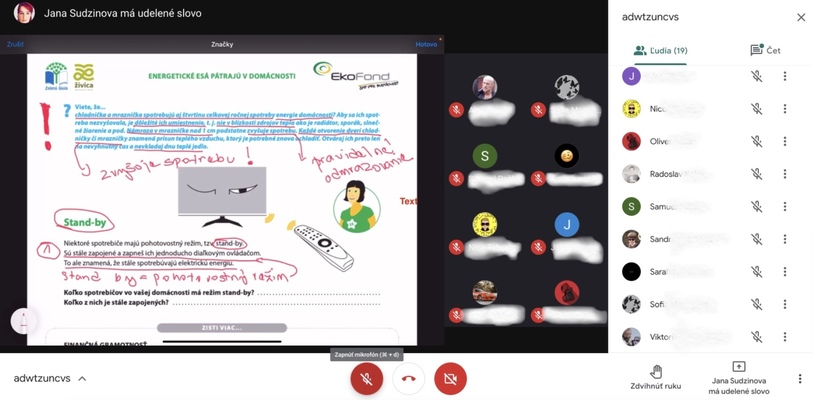

Lesson #5 - Energy labels
Energy label on electric appliances are the important thing when we buy new appliance and want to save the energy as well as decrease our eco footprint.
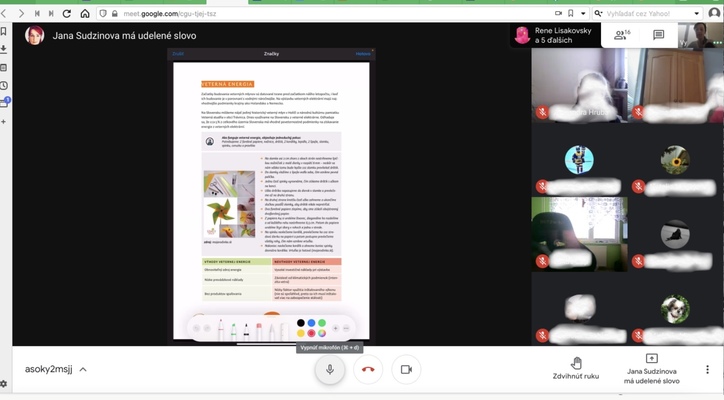
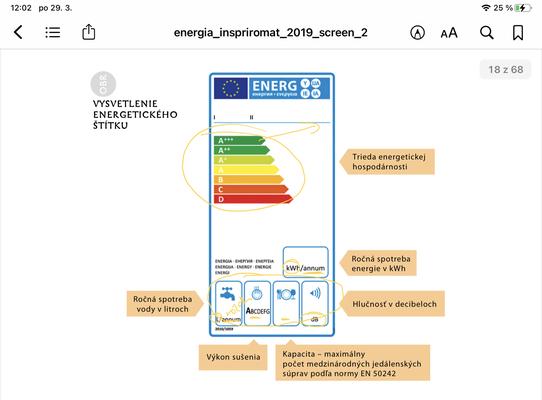
We looked at some information we can find on energy labels and the pupils had to explore their homes and find some on the appliances they have at home.
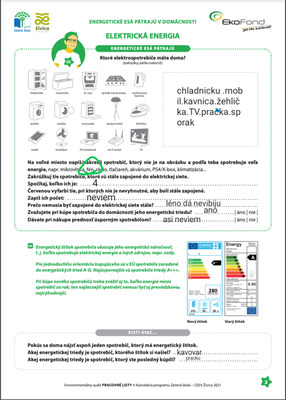
Lesson #4 - Energy and electricity at our homes,
We were talking about three forms of energy at our homes during the lesson #4.
We use energy at home in three forms:
1. energy for lighting
2. energy for heating
3. energy for hot sanitary water

The pupils elaborated worksheet at the end of the lesson.
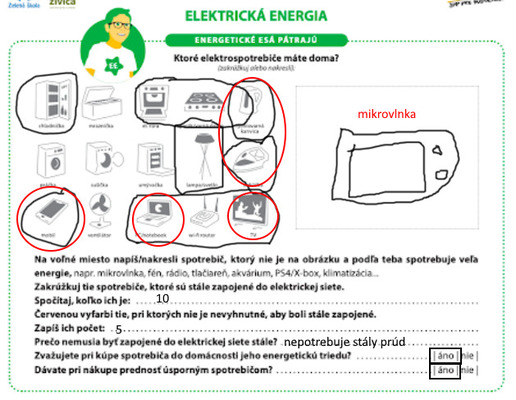
Lesson #3 - Electricity and energy sources (renewable sources)
This online lesson during the distance learning was focused on learning the sources of energy which we use daily in our households.

Firstly the students together with the teacher made a brainstorm and mind map with the main task - plants. We devided plants according to the source of energy. Students perfectly and correctly identified sun, water, wind, coal as the sources of energy for plants. We completed this list with crude oil and natural gas.
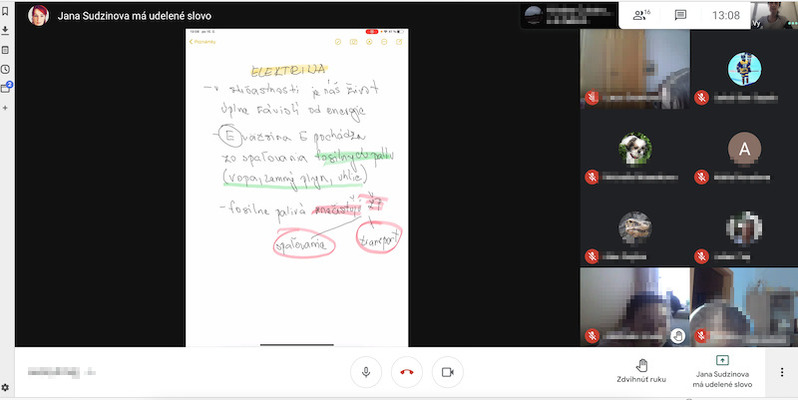
The pupils together worked on shared worksheet and tried to solve problem tasks.

There were three problem tasks in this worksheet
Task 1: Pupils firstly described the pictures from ecological point of view. Then they looked for differences between the pictures.

Task 2: Pupils identified all the sources of energy which can be used in plant for making electricity

Task 3: Pupils ordered identified sources according to their impact on ecological footprint of a country.
Lesson #2 - Ecological footprint of the countries

The main topic of the lesson was to get knowledge about the ecological footprint of the coutries all over the world. We found out that the biggest ecological footprint has the USA and Americans daily increase this number and the main factor is their daily life style.
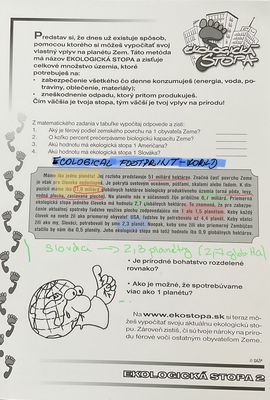
Problem task No. 1 was to choose one animal and according the knowledge about its needs decide if the footprint of this animal is lower or bigger then the pupils own personal footprint
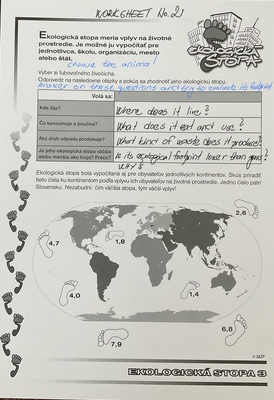
Problem task No. 2
This task consisted of 9 statemets. The pupils expressed their agreement or disagreement with painting globes.
The more globes they painted the more stronger was their agreement with the statement.
There were these statements:
1. My lifestyle has an impact on our Earth.
2. Electricity from nuclear plant is the purest.
3. Coal heating is the crime against the nature.
4. It is not necessary to save water, it has low impact on the ecological footprint.
5. My eating habits are important and they decide about my ecological footprint.
6. We put the nature into the bin by way we do shopping.
7. Driving by cas for short distance does not have big negative enviro impact.
8. Each planted tree helps to decrease my ecological footprint.
9. I know how to eliminate my ecological footprint.

Here are some pupils' answers or expressions:

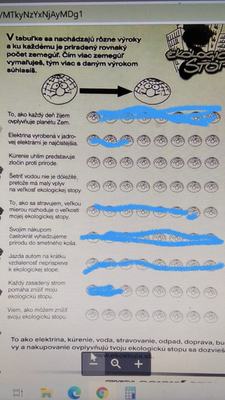

Lesson #1 - Ecological footprint - calculator. My ecological footprint
The first lesson was focused on getting some basic information about ecological footprint. Pupils found out that ecological footprint is the number which is the mirror of their daily lifestyle. The bigger is their personal ecological footprint the bigger is their negative impact on the environment.
Task No. 1 - Footprint calculator.
Pupils used the online footprint calculator for finding out their personal footprint
http://ekostopa.sk/calc/index.php
Task No. 2 - Worksheet
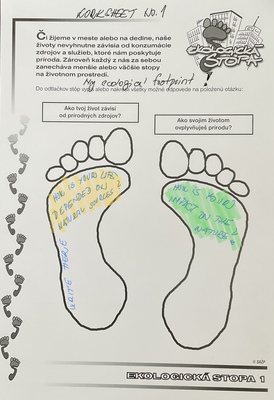
Students drowe into their exercise book two footprints. Inside them they had to answer on two basic questions:
1. How is your life depended on natural sources?
2. How is your impact on the nature?
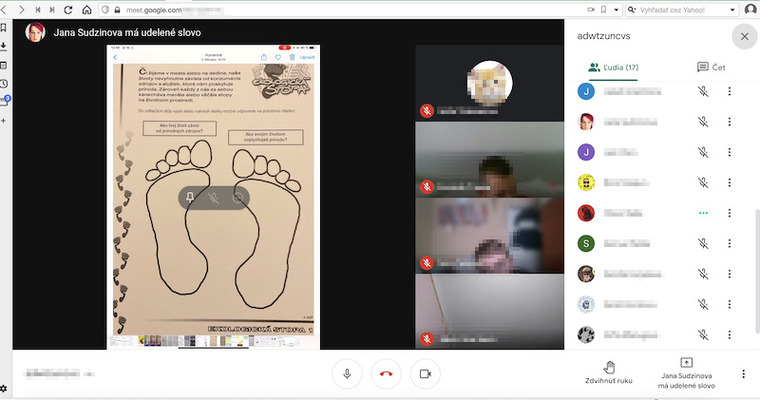
TOPIC #4: WASTE (Spain)
How to reduce or eliminate waste in our school?(preparation for mobility in Spain)
There are some students' suggestions and ideas:

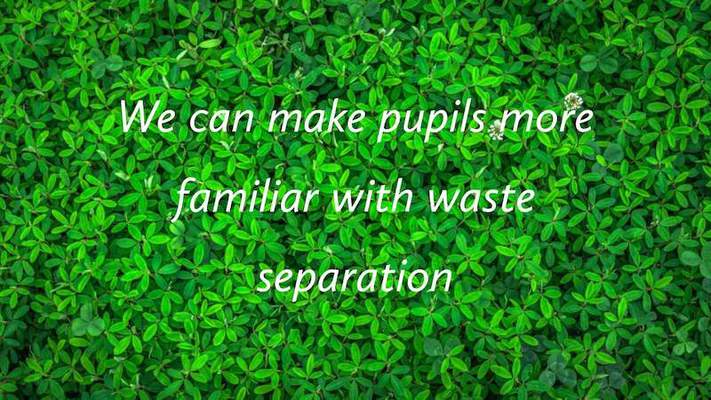
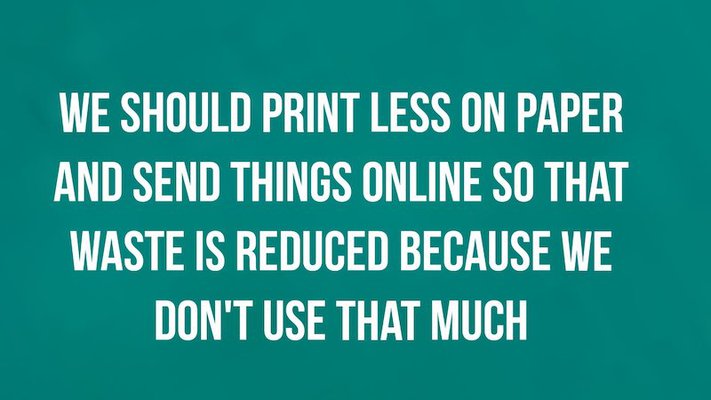
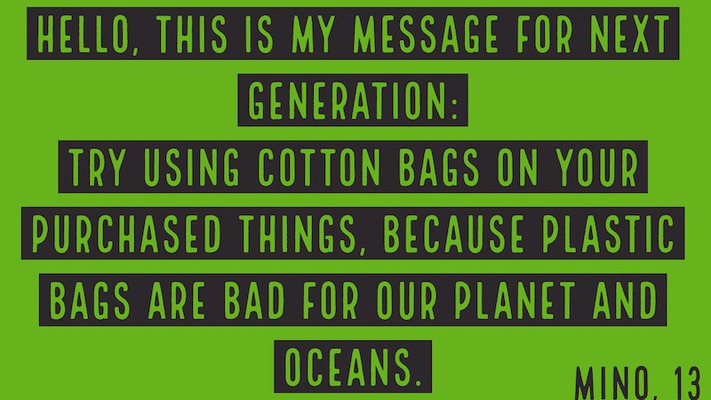
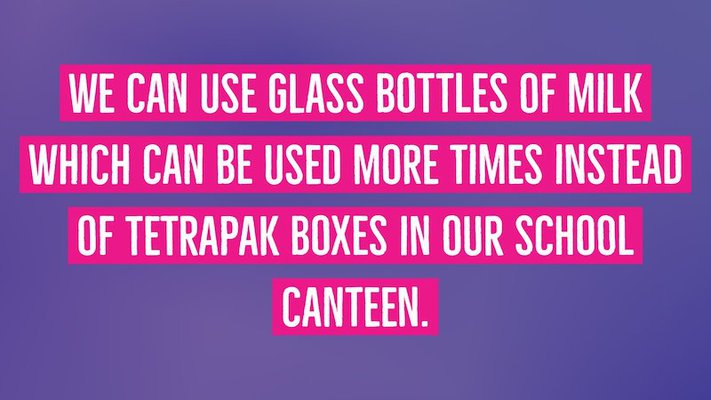
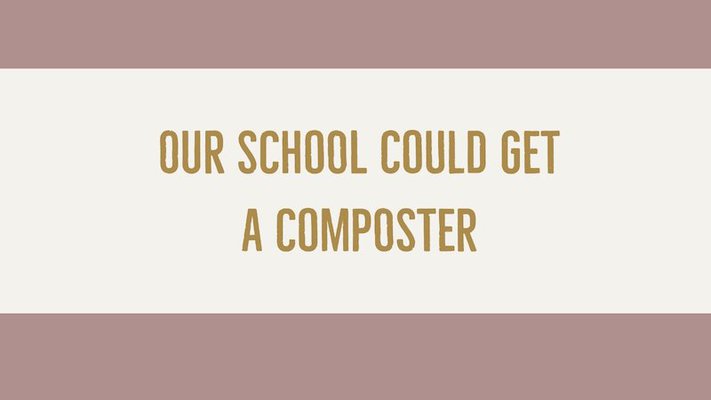
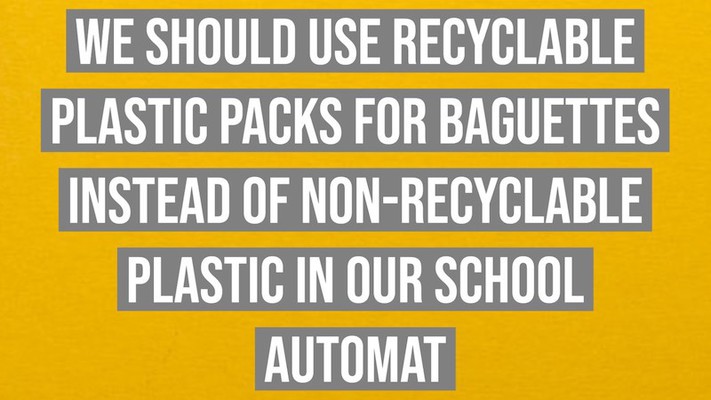

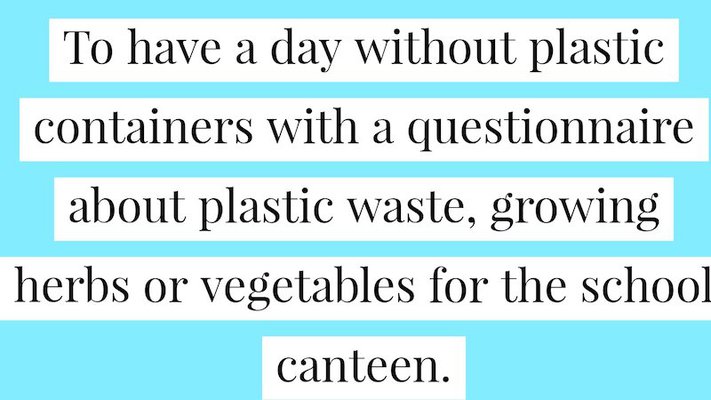
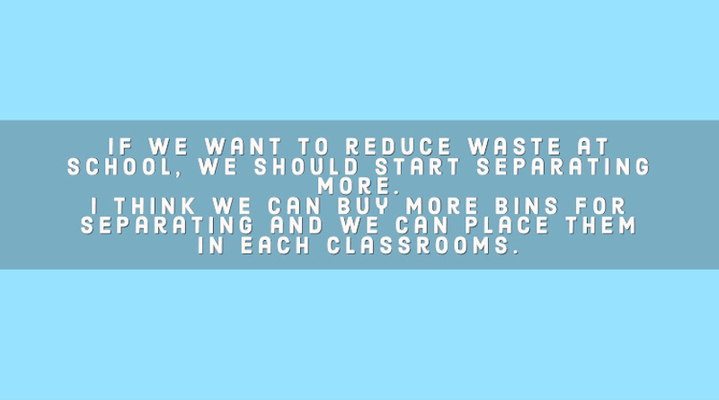
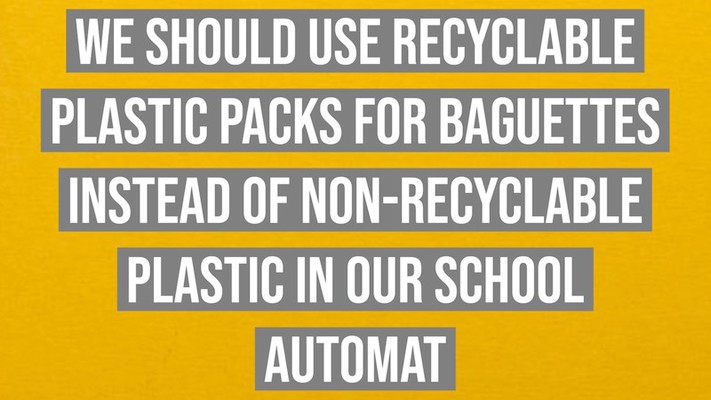
The students opinions and suggestions how to reduce the waste and how to help environment are involved in this presentation
The project students prepared a short videodocument about the recycling municipal waste such as paper, glass and plastic material at our school and about the water recycling
TOPIC #3: Healthy eating, organic food (ROMANIA)
What did you eat for you dinner yesterday?
The lessons about healthy food vs junk food, food origin, organic food, organic agriculture, local production and its effect on environment these were the topics of winter lessons in 6th grade.
The pupils express their feelings throught the pictures they drew.
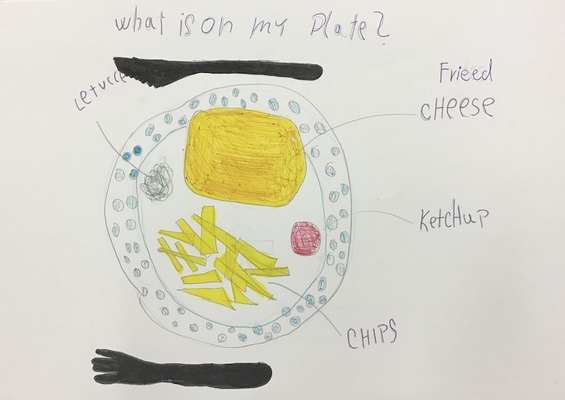
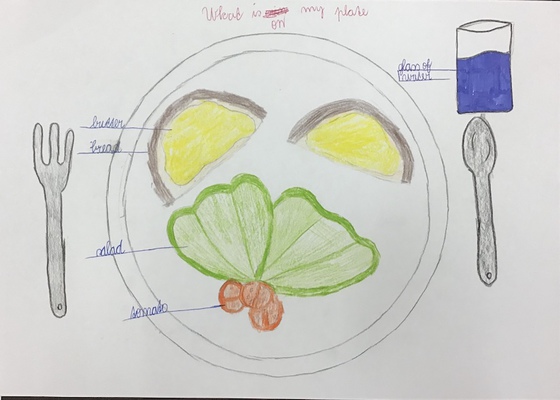
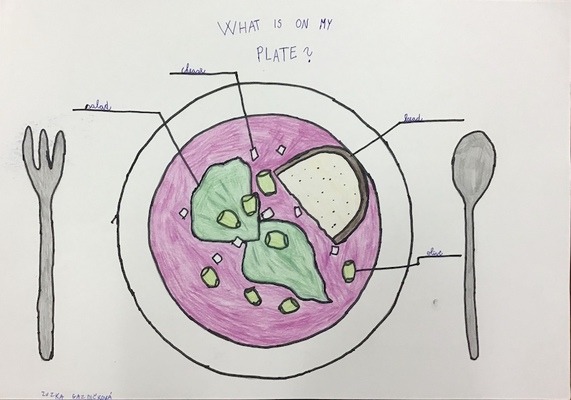
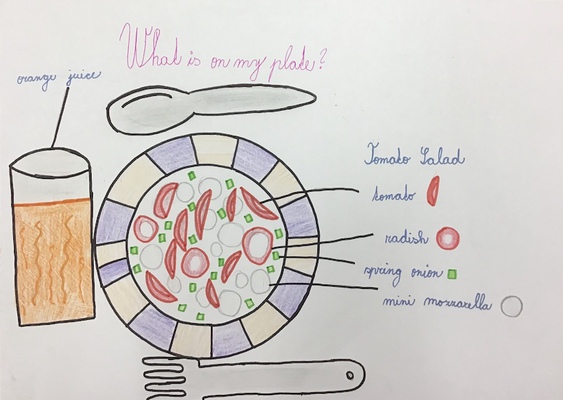
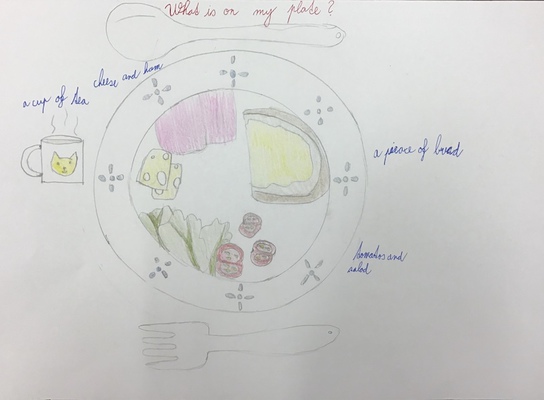
Healthy eating, organic food (preparation for mobility in Romania)
How to prepare healthy food
Unusual breakfast
How to use waste for increasing knowledge about healthy and junk food
TOPIC #2: GREEN GROUNDS (GREECE)
The characteristics of chosen vegetable which can be grow in the school green areas during the school year.
Students work
ONION

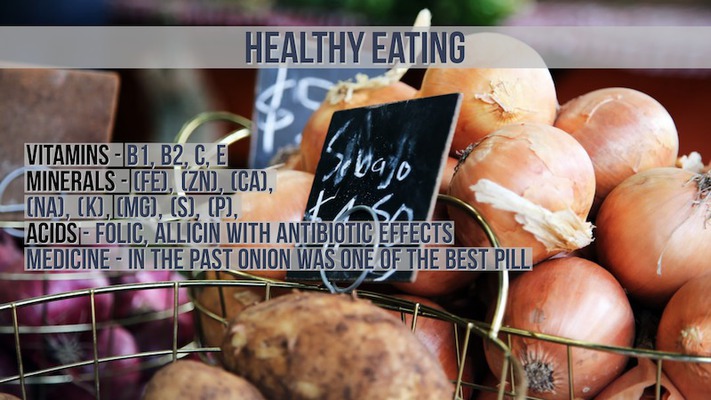
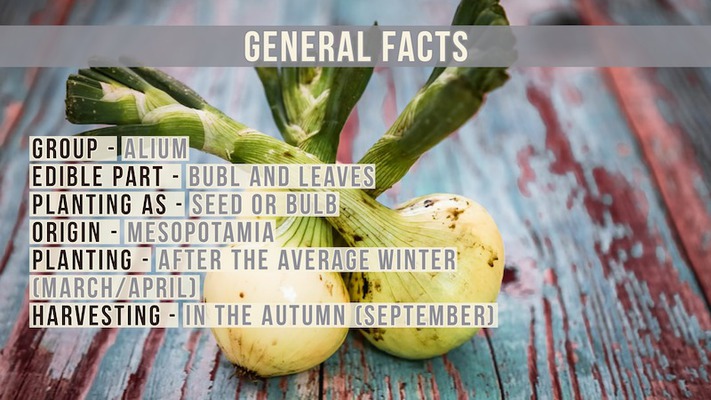
CUCUMBER

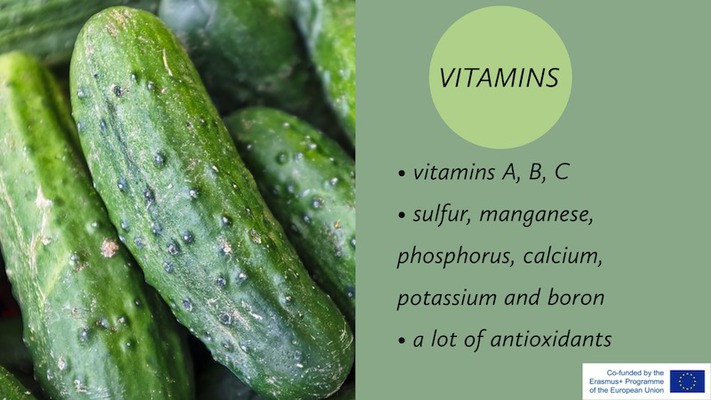

CHIVES

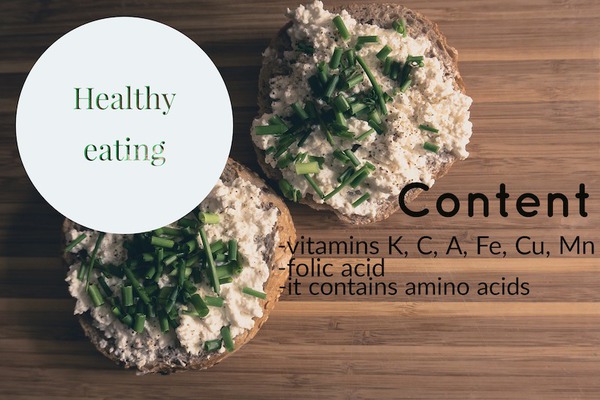

LEEK
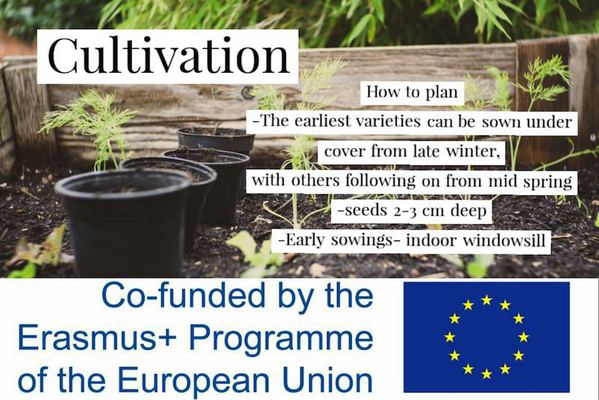

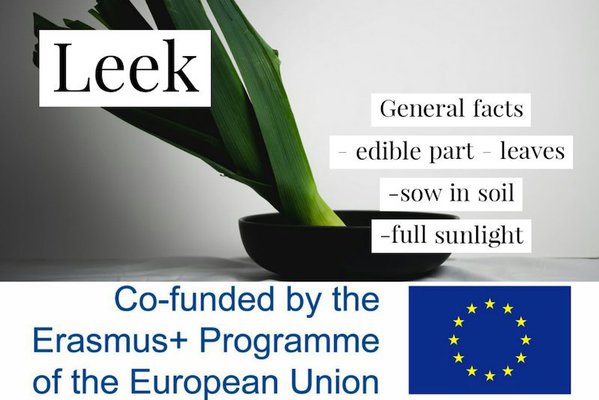
PARSLEY

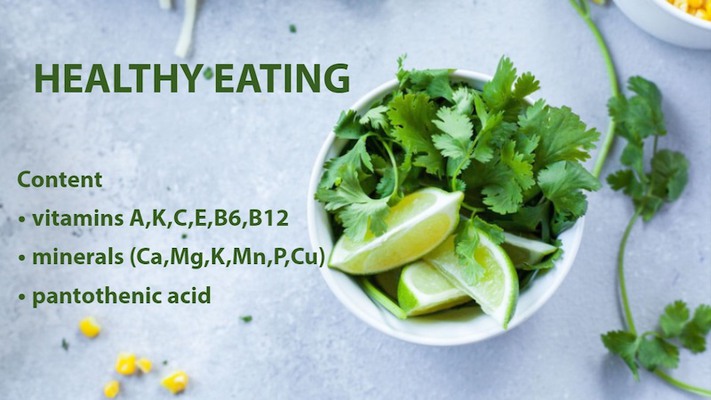
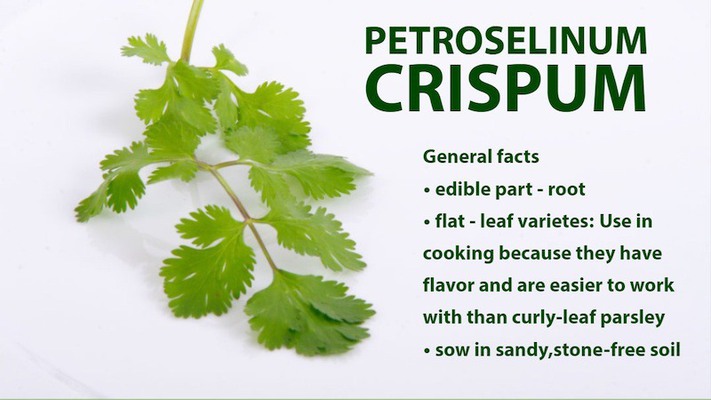
GARLIC
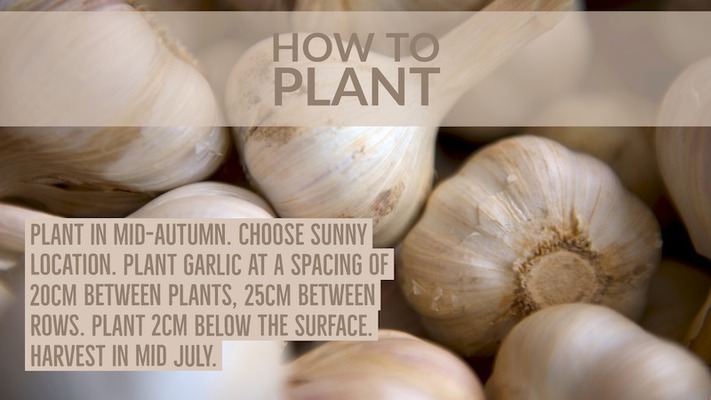
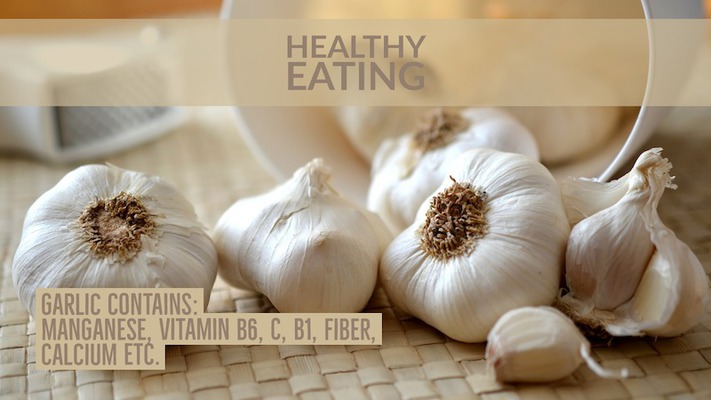

PEA
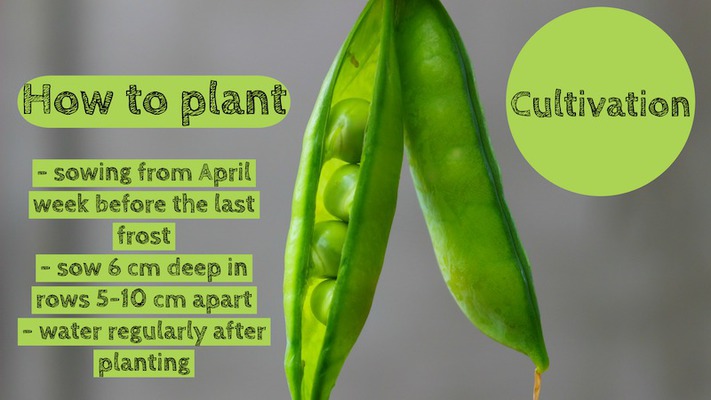


RADISH
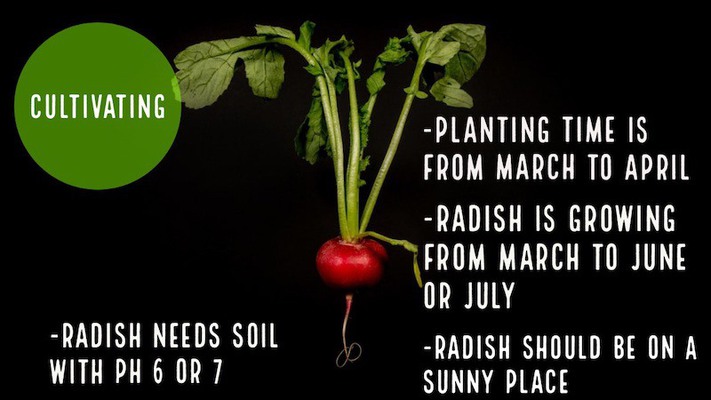

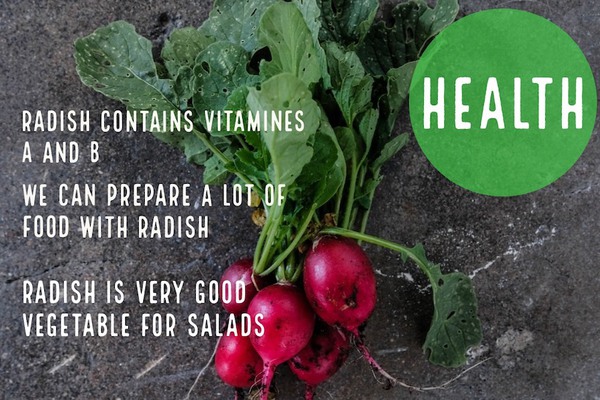
CAULIFLOWER

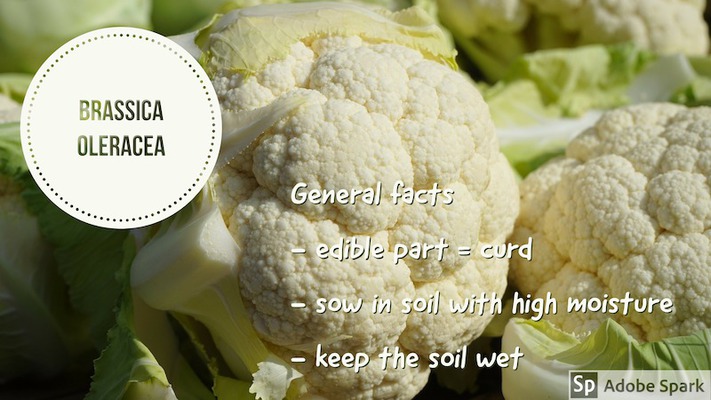
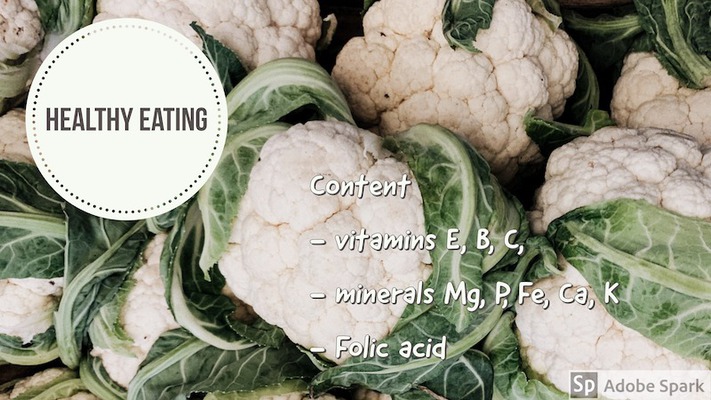
SPINACH
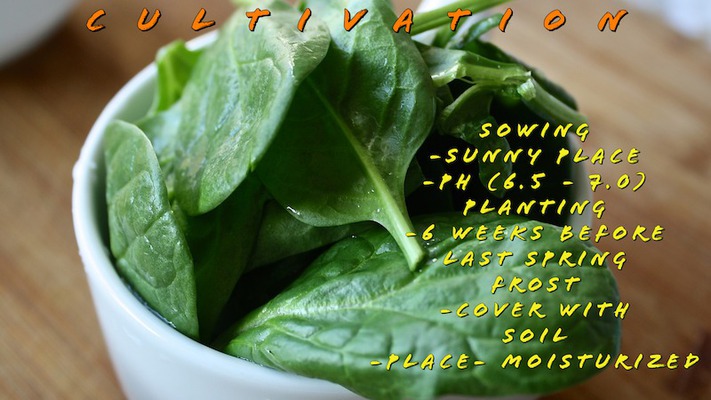

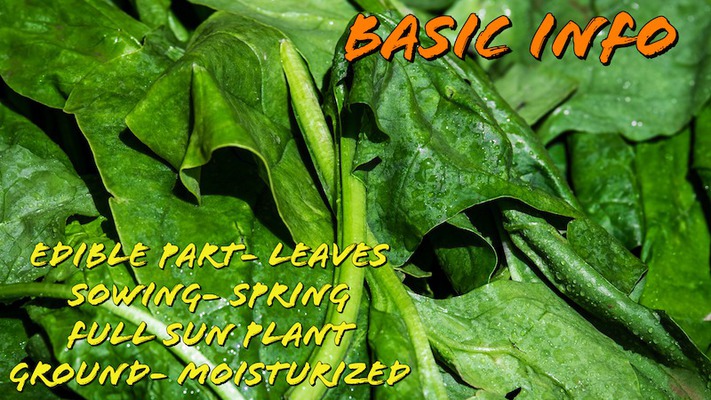
COURGETTES - ZUCCHINI

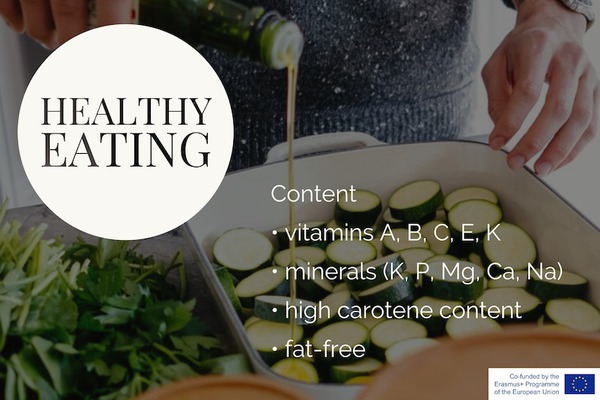
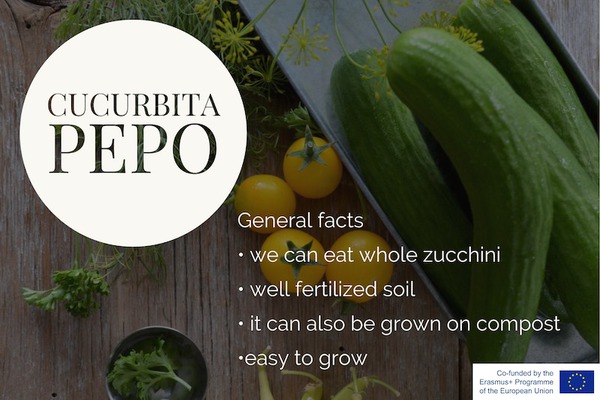
BEAN
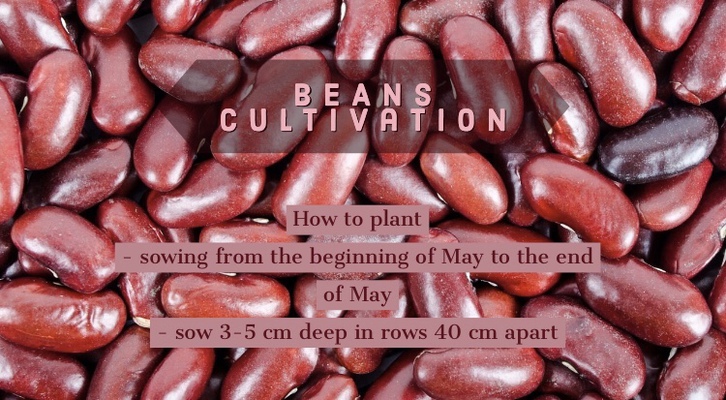

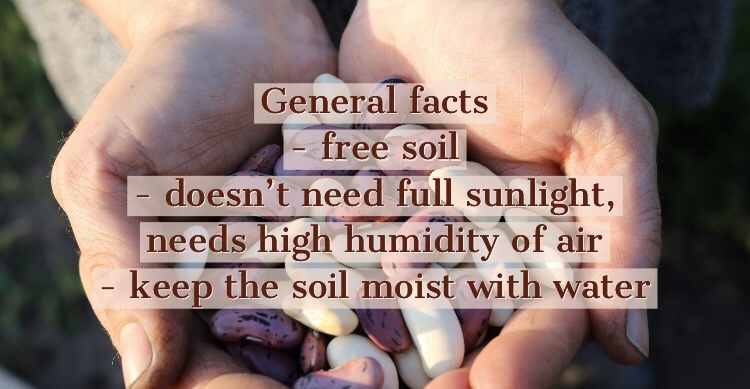
CARROT

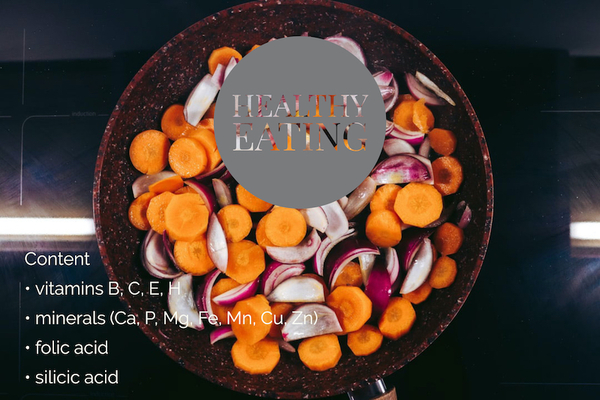

Team work
Edible parts of vegetable and sorting vegetable into the groups according to part of plant we eat.
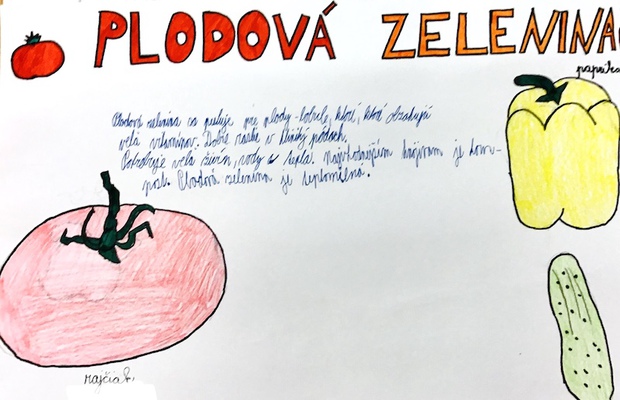
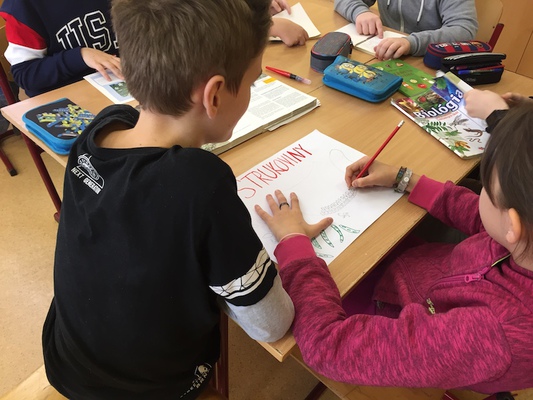
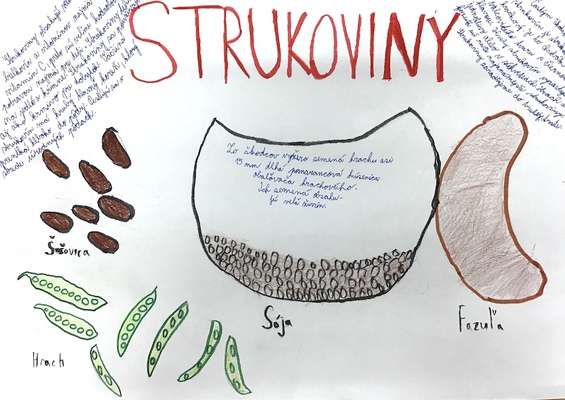


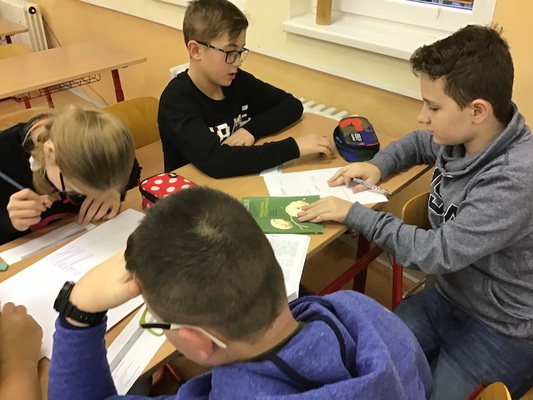

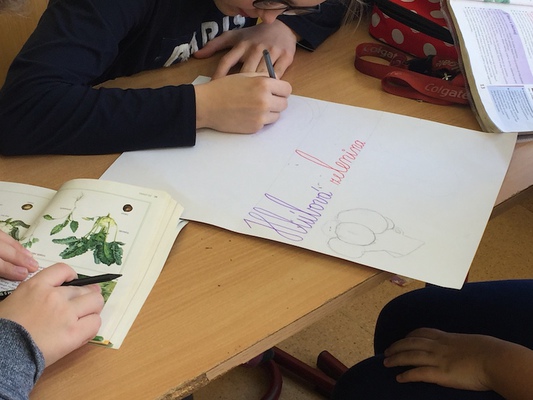
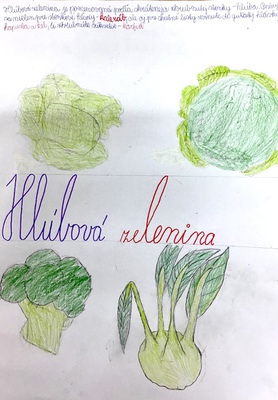


The calendar of environmental events which we can celebrate during whole year
Slovakia is a small country in the middle of Europe. The life is usual as in another countries with the customs and traditions typical for Slovakia as you can see in the follow short video documents.
TOPIC #2: SCHOOL GROUNDS
Our school grounds (preparation for mobility in Greece)
TOPIC #1: Water and its protection (SLOVAKIA)
Preparation for mobility in Slovakia
Monitoring and Evaluation - 4th step of Green School methodology
Constant monitoring of the programme according the plans, aims and outputs
Action Plan - 3rd step of Green School methodology
This gives specific and achieveable targets with proposed completion dates that will show real success.
Humenné_dargovských hrdinov_ZeleňaOP_18_21_doschválené.docx
List of project activities_Slovakia_Green_Flag.pdf
Environmental Review - 2nd step of Green School methodology
This step means a process of examining the school's environmental impacts in order to identify targets for action and improvement.
Here are the result of the environmental audit at our school
Green School Committee - 1st step of Green School methodology
Eco committee at our school